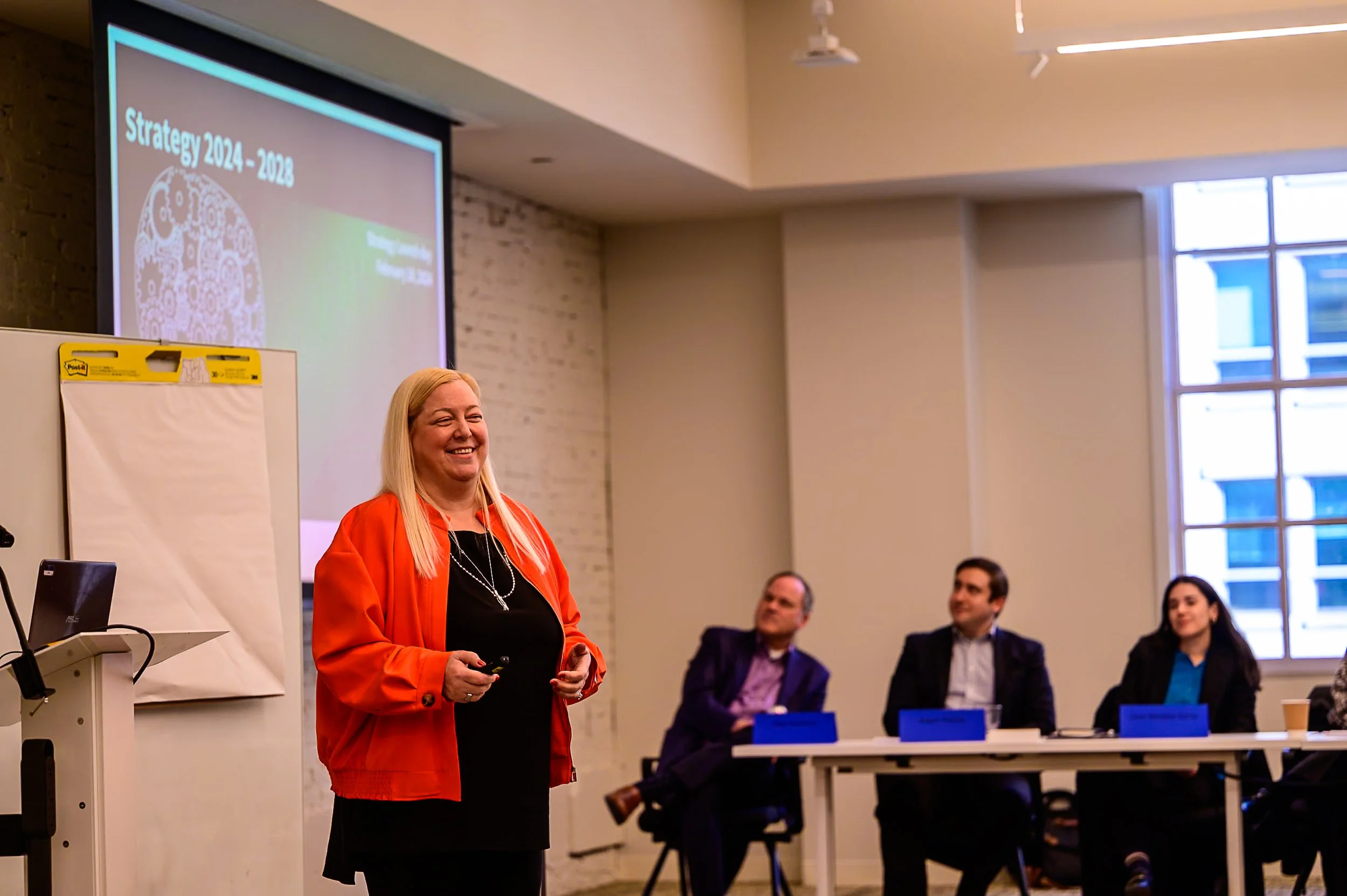
Picture This: How Information Graphic Tell a Story to Key Stakeholders
Picture this: You are a Government program leader and have been tasked with presenting a large-scale project proposal to several key stakeholders within your department. With only a limited amount of time to get your main ideas across and keep your audience engaged, you need to find ways to get creative in your storytelling and delivery. You decide to implement eye-catching, thoughtfully designed infographics throughout your presentation as a visual aid, allowing you to easily break down and summarize key points that flow together into a powerful story. During the presentation, project stakeholders remain engaged and frequently rely on your infographics to ask important project related questions, which in turn leads to meaningful discussion and concludes with project approval. This scenario is one of many possibilities when relying on uniquely designed infographics to tell your project’s story to stakeholders.
One challenge program leaders often face is they must rely on written or spoken communication to convey their ideas to stakeholders. While this approach can be effective, it carries the risk of low information retention and a potential decline in audience engagement. Well-designed infographics can be used to simplify complex data sets, emphasize key points, and deliver a compelling narrative that stakeholders can often refer to if needed. For example, in the Transportation Security Administration (TSA) website’s media room, there is a simple infographic fact sheet titled “Aviation Security: Then and Now”. The artist uses contrasting colors, eye-catching illustrations, icons, and easy-to-read fonts that help narrate a direct comparison of aviation security experiences before and after September 11th . This story could have been written as a lengthy blog post or a news article, however, the artist applied essential design principles to simplify the message to stakeholders, including the general public, allowing them to easily retain the information given.
When it comes to creating impactful, story-driven infographics, three core principles should guide the process:
Understand the source material – A thorough understanding of the source content is essential. For example, when designing a graphic to highlight top quarterly earnings, it is important to grasp the relevance of those figures and how they compare to other data points
Adopt an “executive summary” mindset – Stakeholders often operate under time constraints. Approaching content creation with this in mind helps prioritize what information to include or omit and informs decisions about which types of graphics best convey the intended message
Focus on purposeful design – Graphics should be visually engaging without compromising clarity or intent. While creativity is valuable, visuals must serve the purpose of communicating a clear project narrative. Striking the right balance between creativity and functionality is key. For example, if you want to make an infographic highlighting a project roadmap, you must include important information such as milestones, deadlines, goals, and objectives along with any icons that would visually elevate these key points. However, avoid including so many icons and different color combinations that the design distracts the audience. Every element of your design should serve a purpose
By applying these principles, leaders can enhance the visual impact of their presentations. Proficiency in infographic development improves communication and helps mission-critical initiatives leave a lasting impression. This skill opens the door to stronger stakeholder alignment and greater program success.




















